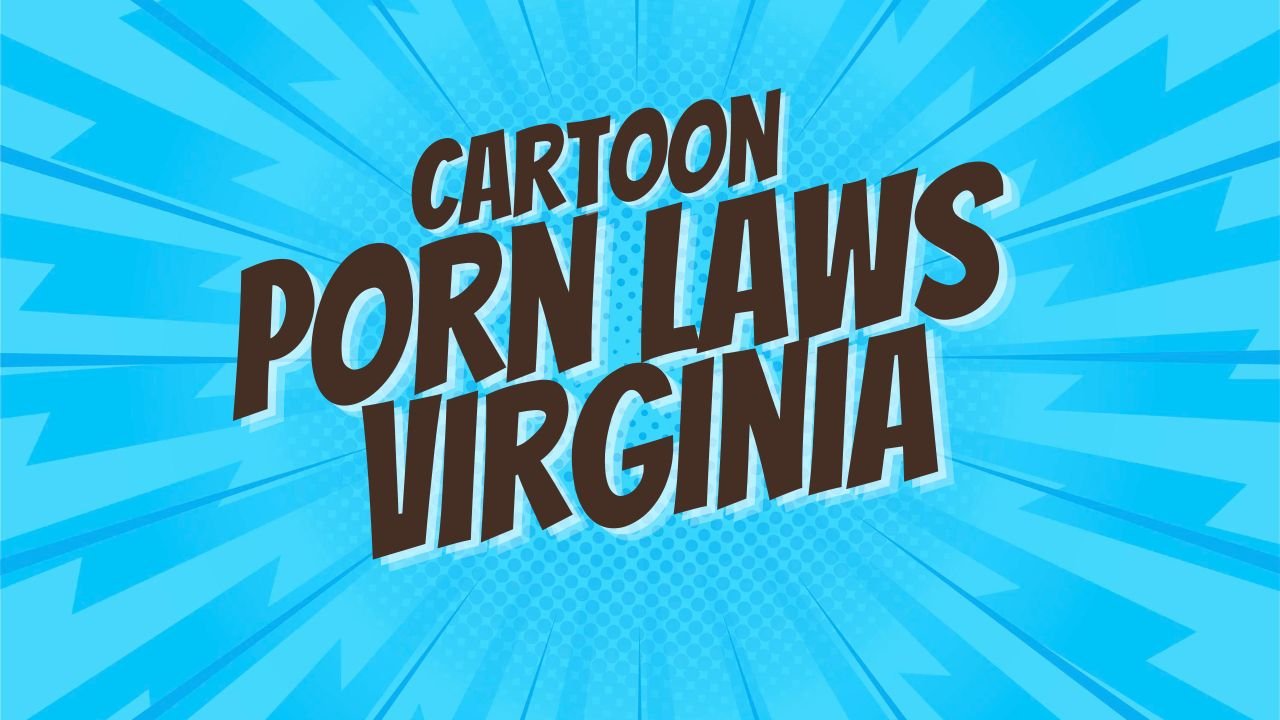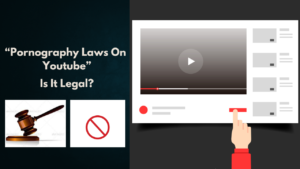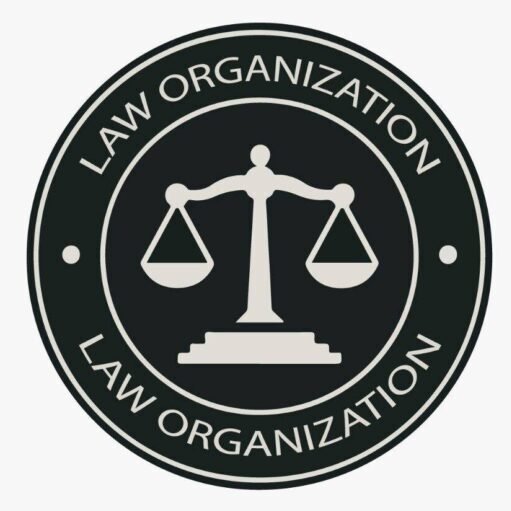Important Notes:
- If the content involves only fictional adult characters, it is generally not illegal.
- If the content involves fictional or animated depictions of minors in sexual situations, it may be considered illegal under Virginia and federal laws.
- Law enforcement may prosecute cases involving digital or cartoon pornography if they determine it violates child exploitation statutes.
Key Laws Related to Cartoon Porn in Virginia:
- Obscenity Laws (§ 18.2-374.1:1 – Possession of Child Pornography)
- Virginia law criminalizes the possession, distribution, and production of child pornography, including digital and animated content.
- Even if the material is fictional or animated, if it depicts minors in a sexually explicit manner, it may still be illegal.
- Obscene Materials Involving Minors (§ 18.2-374.1:1 and § 18.2-374.1:2)
- Virginia law prohibits creating, possessing, or distributing materials that depict minors engaging in sexual activity, even if the image is computer-generated or drawn.
- Obscenity and Community Standards (§ 18.2-372 – Obscene Materials)
- The law defines obscene material as anything that an average person, using contemporary community standards, would find offensive and lacking serious artistic, literary, or scientific value.
- While adult cartoon pornography may not always be illegal, anything considered obscene by community standards can be subject to restrictions.
- Federal Influence (PROTECT Act of 2003)
- Federal law also criminalizes “virtual” or “morphed” child pornography that appears to depict minors, and Virginia enforces such federal laws as well.
here are the relevant sections of the Code of Virginia that pertain to laws regarding obscene materials and child pornography Laws Virginia:
Key Statutes and Legislative Updates:
- Definition of “Obscene” Material (§ 18.2-372):
- This statute defines material as “obscene” if it appeals predominantly to prurient interests, exceeds customary limits of candor, and lacks serious literary, artistic, political, or scientific value.
- Possession of Child Pornography (§ 18.2-374.1:1):
- This law criminalizes the possession, reproduction, distribution, solicitation, and facilitation of child pornography. Notably, it allows for the inference that a person depicted as a minor in sexually explicit material is indeed under 18 years of age. law.lis.virginia.gov
- Display of Child Pornography or Grooming Materials to a Child (§ 18.2-374.4):
- This statute makes it unlawful for individuals aged 18 or older to display child pornography or “grooming” materials—defined to include cartoons, animations, or images depicting a child in sexual acts—to children under 13, with the intent to entice or solicit sexual activity. Violations are classified as a Class 6 felony. law.lis.virginia.gov
- Expansion of “Child Pornography” Definition (Effective July 1, 2024):
- Senate Bill 731, ratified by Governor Youngkin, broadens the definition of “child pornography” under § 18.2-374.1 to encompass depictions of minors, even if not real persons, as long as the depiction is of an “actual identifiable minor.” This includes fictional or animated representations that resemble a specific, identifiable minor. northernvalleylaw.com
- Implications:
- Fictional Depictions: With the expanded definition effective July 1, 2024, even fictional or animated content that depicts identifiable minors in sexually explicit scenarios may be prosecutable under Virginia law.
- Legal Consequences: Engaging in activities related to such materials can lead to severe legal penalties, including felony charges, substantial fines, and imprisonment.
These statutes are part of Article 5. Obscenity and Related Offenses under Chapter 8. Crimes Involving Morals and Decency in the Code of Virginia.
For comprehensive access to Virginia’s legal codes, you can consult the Virginia Law Portal.


![Read more about the article Unique Pornography Laws by Region [Informational Guide 2025]](https://pornography-laws.com/wp-content/uploads/2024/12/Leonardo_Phoenix_09_A_detailed_minimalist_illustration_featuri_1-300x170.jpg)

